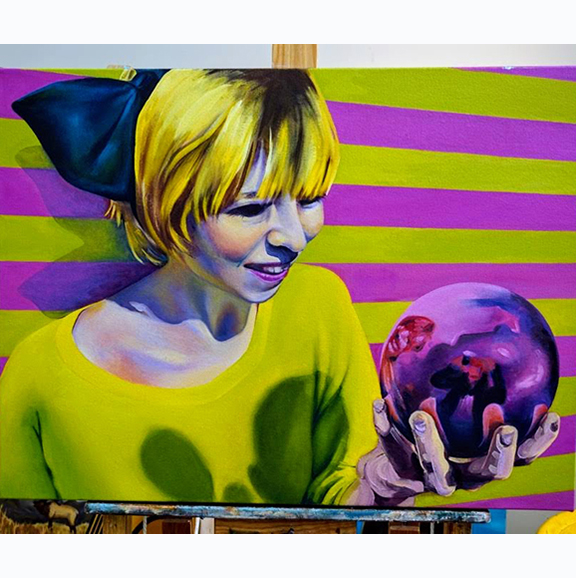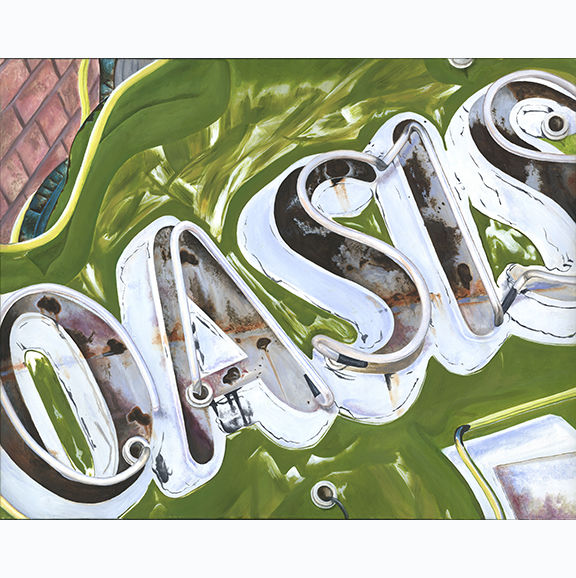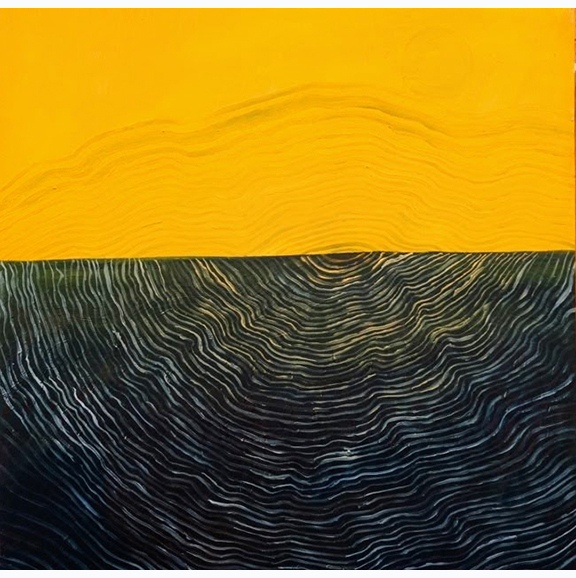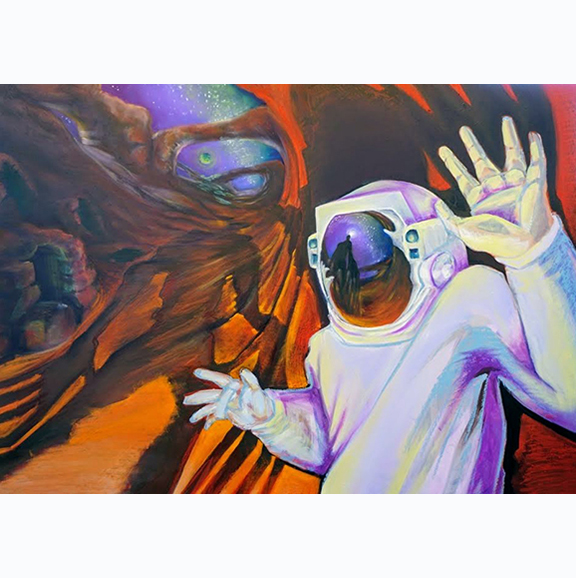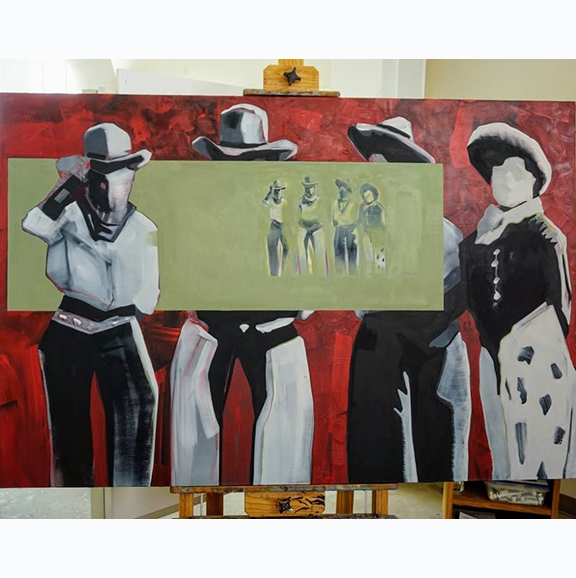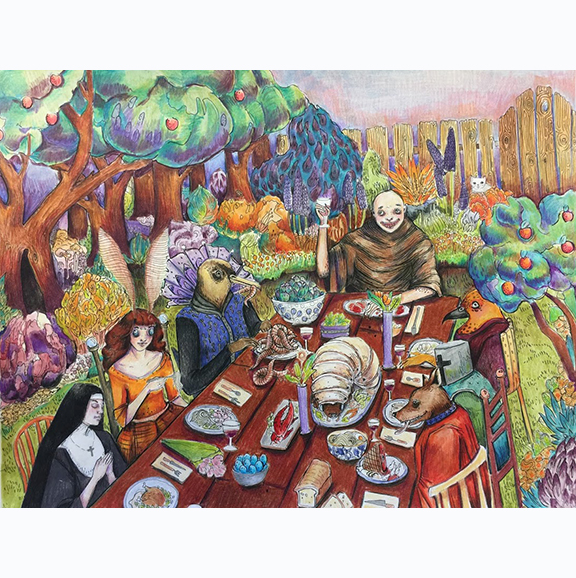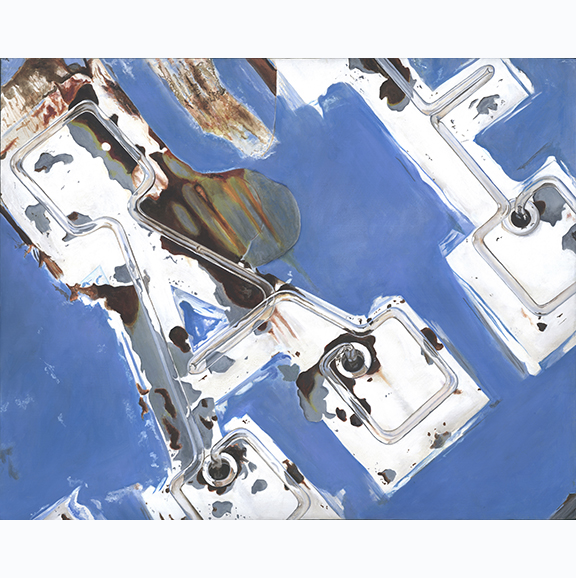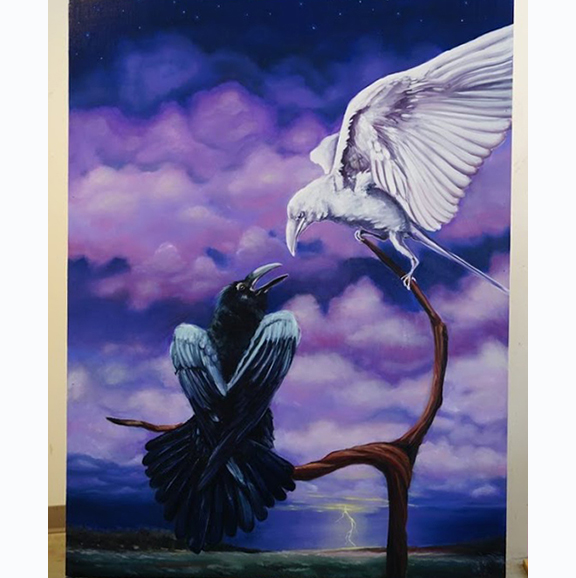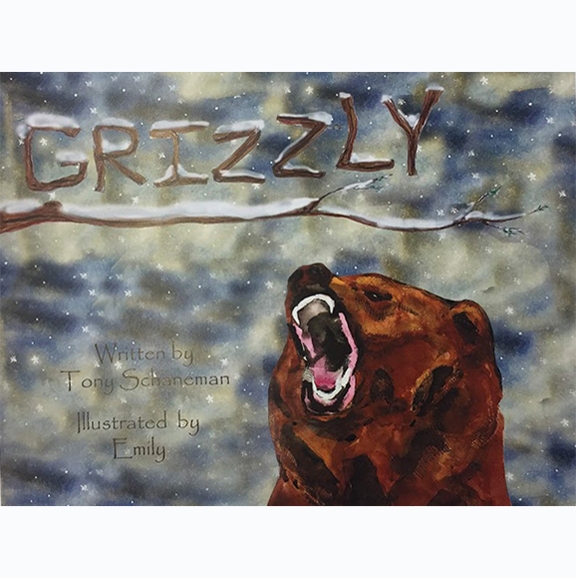

The painting program is designed to provide students with both studio skills and refined critical sensitivity. Painting provides instruction in concepts, skills, methods and work processes that encourage the student to investigate a variety of painting approaches. Students are presented with a structured sequence of problems, ranging from pictoral organization to refinements of aesthetic interpretation, and are encouraged to explore and push beyond perceived boundaries within the painting discipline. A wide range of approaches and subject matters are addressed: representation, non-objective, the landscape, the figure and still-life. Media include oil, acrylic, watercolor, mixed media on canvas/panel and experimental surface. The studio experience integrates discussion and critique to instill habits of self-instruction, which will enhance graduates' professional lives.
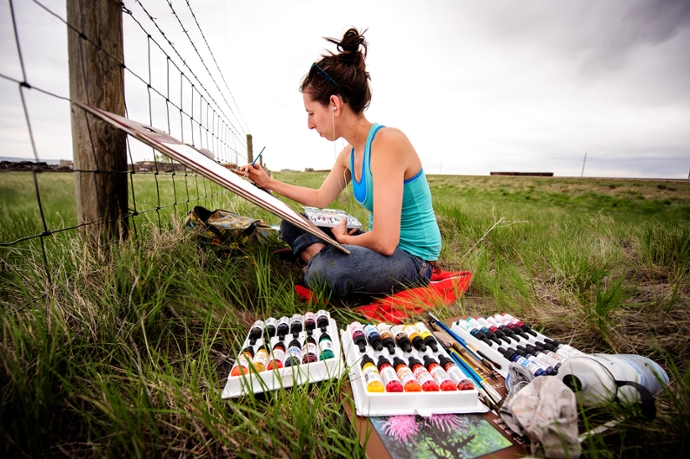
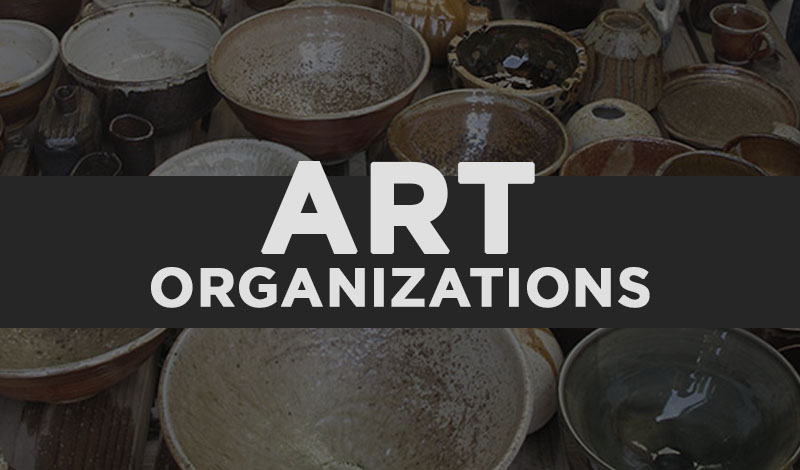
Within the Art and Art History Program, students have the opportunity to be apart of art organizations.
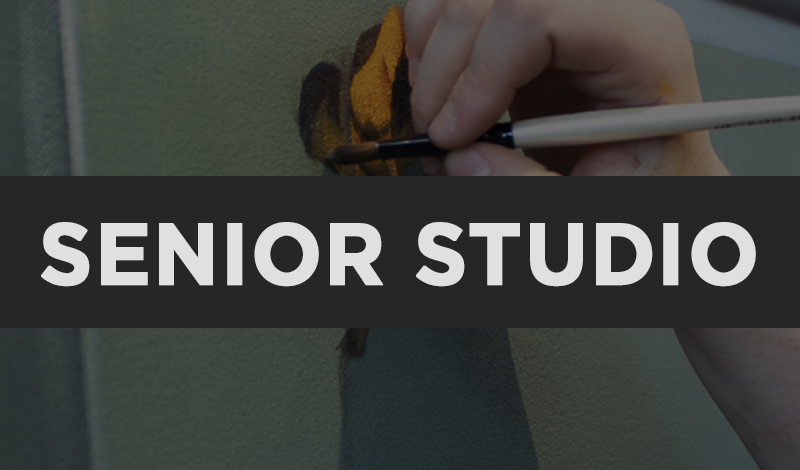
Senior Studios can be acquired by application and are for advanced students enrolled in at least one credit hour of upper level courses in the Art and Art History Program to work on their creative research safely and independently.
One of the most successful programs we have is the Post Undergraduate Assistantship. Senior graduating students can apply for a Post Undergraduate Assistantship for the year following graduation.
For the B.A. in Studio Art & B.F.A. in Studio Art major requirements, visit the Undergraduate Major. For Minor requirements, visit Minors in Art.
2210. Painting I. 3. Introduces problems in painting, developing skill, techniques and concepts. Prerequisites: ART 1005, 1110, and 1130; ART 1120 may be taken concurrently. (Offered fall and spring semesters)
3210. Painting II. 3 (Max. 6). Investigates various painting techniques to create individual work. Emphasizes contemporary and classical treatment of formal, aesthetic and conceptual creative expression. Prerequisites: ART 2000 and 2210.
3250. Watercolor Painting I. 3. Investigates watercolor techniques in the development of creative work. Discussion, application and criticism of contemporary ideas about structure, form and color constitute the main activity. Prerequisites: ART 1130, ART 2000 and ART 2210. (Offered based on sufficient demand and resources)
3260. Illustration I. 3. This is an introductory Illustration course. This primary class objective is to develop conceptual skills through a variety of media traditionally used in fine art illustration and a variety of illustration problems and projects. This class is designed to further your interest in illustration and initiate portfolio development. Prerequisite: ART 2000.
4210. Painting III. 3 (Max. 6). Advanced investigation of various painting techniques are used to create individual works. Studies contemporary and classical treatment of forma. Aesthetic and conceptual creative expression. Students work from a proposed course of study and will be self-directed. Prerequisites: ART 2000 and 3210.
4250. Watercolor Painting II. 3. Advanced investigation of watercolor techniques in the development of creative work. Discussion, application and criticism of contemporary ideas about structure, form and color constitute the main activity. Prerequisites: ART 2000 and 3250. (Offered based on sufficient demand and resources)
4260. Illustration II. 3. This is the second level Illustration course for students who have had ART 3350. Students will continue to develop conceptual skill in creating narrative illustrations for a variety of projects. The majority of the semester will be dedicated to developing a single project: Graphic Novelization or book illustrations. Students will be focusing on character development, narrative arc, and compelling imagery using materials appropriate for their project. Prerequisite: ART 3260.
4620. Outdoor Studio. Outdoor Studio uses the local landscape as a stepping off point for making art. In the studio, slide presentations and videos are used to introduce the history of landscape in art and how contemporary artists are using the land, or environmental concerns, as a major component in their work. Students work in designated landscapes where we will approach the outdoors like it is a studio. Techniques that incorporate the use of atmospheric perspective, mark making, directional lines, color, and shape will be practiced in the field. We will examine how the physical approach and experience of the landscape alters the resulting work. Discussions and critiques will focus on techniques used to make landscape imagery as well as content related to the land. The course will be taught around Albany County with a required field trip to the AMK Ranch in the Tetons. (Offered summer semester)
4975. Independent Study and Research. 1-3 (Max. 6). Research options in all creative areas. Students work independently and provide demonstrated ability and background knowledge to carry out self-directed research or creative activity in the research area. Arrangements regarding curricular obligations and meeting times are made with the instructor in advance. Prerequisites: ART 2000 and 12 hours of art in research area and prior consent of instructor.
